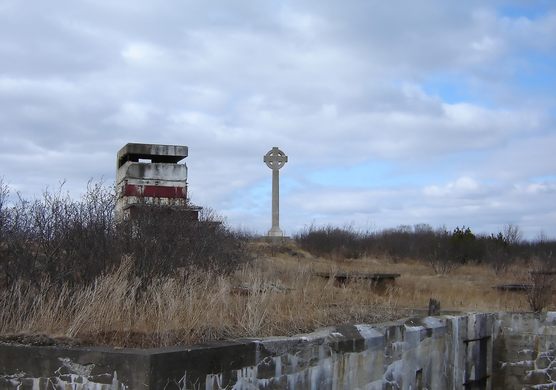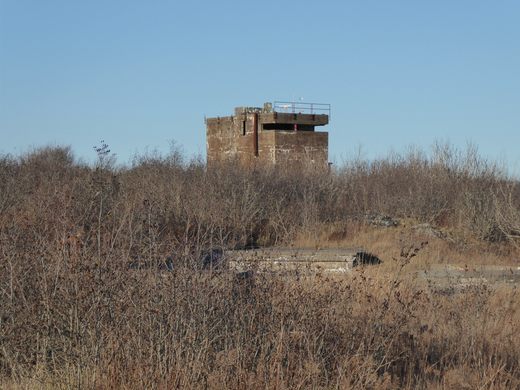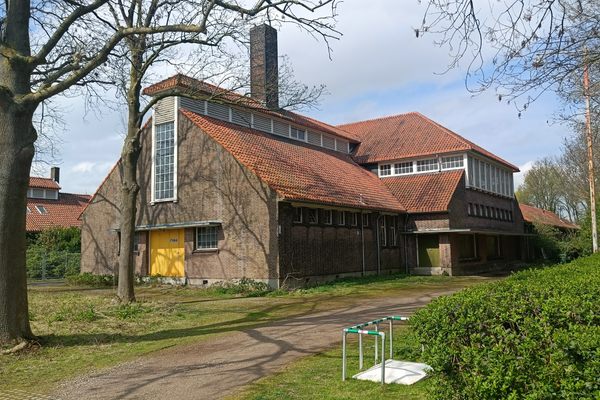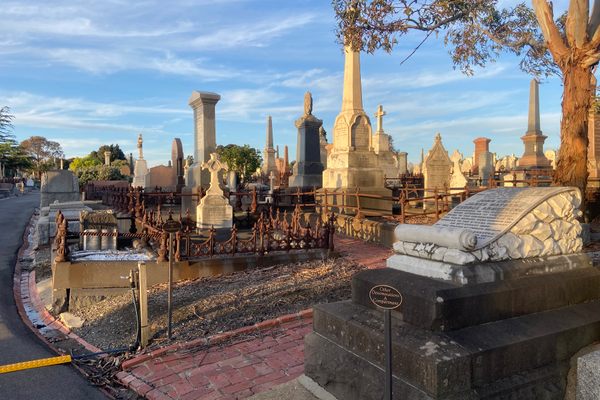Partridge Island Quarantine Site
A complicated, forgotten beacon of hope for thousands of immigrants, "Canada's Emerald Isle" lies in ruin.
After spending weeks at sea, millions of early 19th-century immigrants would finally set foot on the threshold of their life in the New World at this overlooked gateway that predates Ellis Island by nearly a century.
Connected to Saint John by a breakwater leading into the Bay of Fundy, Partridge Island is the site of the first pest house and quarantine station in North America. Established by the Saint John Royal Charter of 1785, the island began as a military outpost and navigational aid station for sailors and traders. Canada’s third lighthouse came into operation in 1791 and would later feature the world’s first steam-powered foghorn.
Shortly thereafter, the Napoleonic Wars of the early 19th century sent waves of immigrants to the Partridge Island checkpoint.
In the early 19th century, the already numerous ships began to increasingly carry human cargo, due in large part to the Napoleonic Wars raging throughout Europe. Those immigrants fleeing the tumult found themselves at Partridge Island, which had by 1816 assumed its more durable function as an immigration stop for new arrivals from Europe.
Widespread famine in Europe was sending waves of individuals across the Atlantic in search of a better life, and Canadian authorities responded in 1816 by converting Partridge Island into a pest house and quarantine station. For most of those who had been aboard these ships, that meant coming into contact with sick and diseased individuals; escaping weak and malnourished was a best-case scenario, as famine and disease ran rampant both in the land they fled and on board the ships themselves.
Per the rules of Partridge Island, though, every person who had come into contact with anyone who was sick – which basically meant everyone – was to be inspected by doctors and then subjected to quarantine. Kerosene showers were mandatory, followed by hot water showers, and steam-cleaning of all clothing. Those who didn’t live through the quarantine process were interred in one of the island’s six cemeteries.
The most numerous of all immigrant populations passing through Partridge Island were the Irish, prompted by the potato famine of the 1840s. So many Irish immigrants arrived in North America by way of this single speck of land that it earned the nickname “Canada’s Emerald Isle.” A 40-foot-tall Celtic cross commemorating the passage of both the living and the dead was erected by a man named George McArthur in 1927, whose own body is buried at its base.
In 1854, a second wave of pestilence arrived at Partridge Island by way of boats arriving from Germany. Cholera raged on the island for two months and, despite doctors’ best efforts, spread to Saint John where it cut through the town, killing an estimated 1,500 people total.
All in all, the occurrences at Partridge Island never gained historical traction like that of other immigration checkpoints, instead existing primarily in stories handed down by mouth from family members who lived through it. Perpetuating this is the fact that the land remains military property; the island operated a small museum from 1982 until it shuttered in 1995, once again making the island and its tangible history off-limits to those who would wish to retrace their families’ steps.
Know Before You Go
Accessible by private boat.

























Follow us on Twitter to get the latest on the world's hidden wonders.
Like us on Facebook to get the latest on the world's hidden wonders.
Follow us on Twitter Like us on Facebook